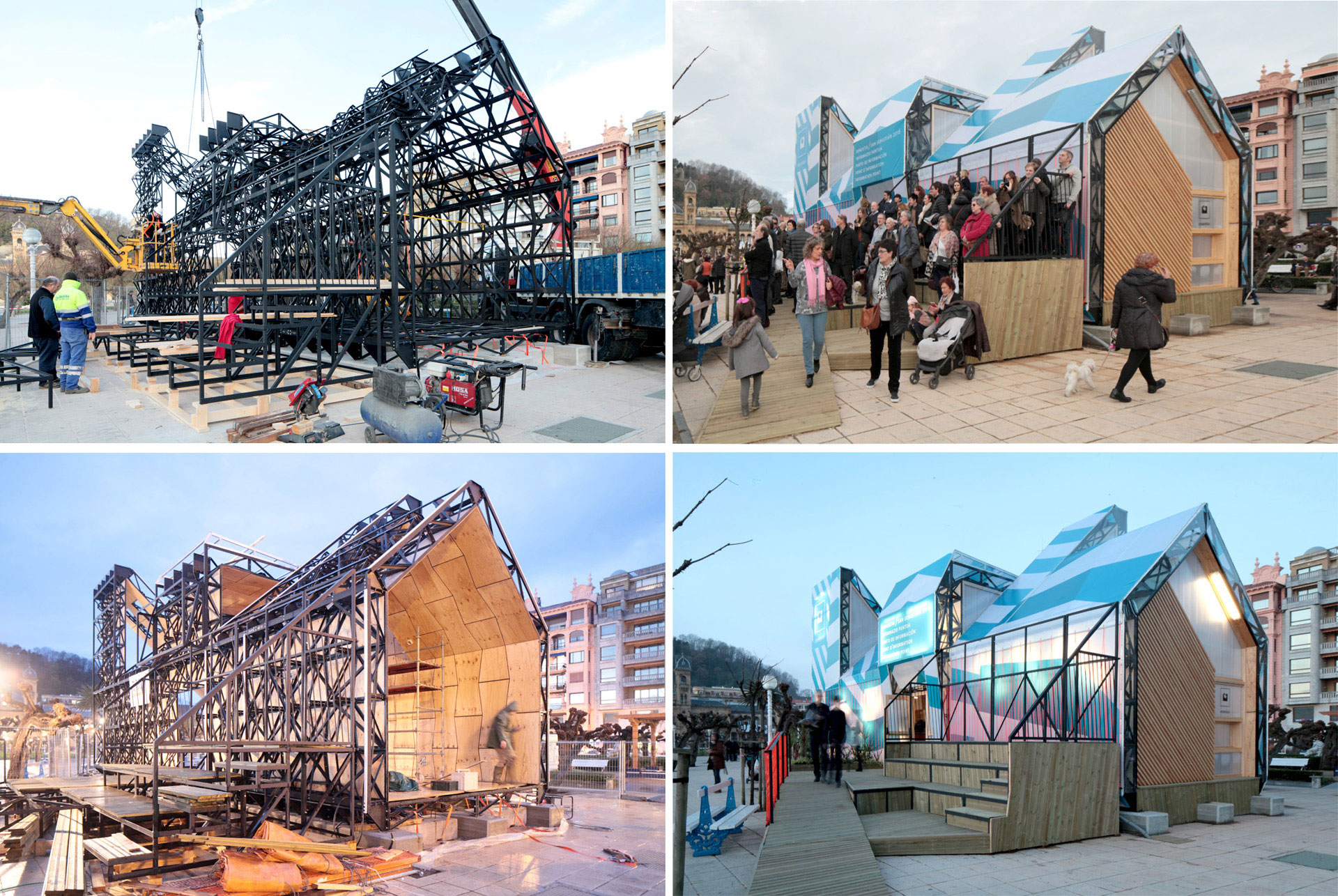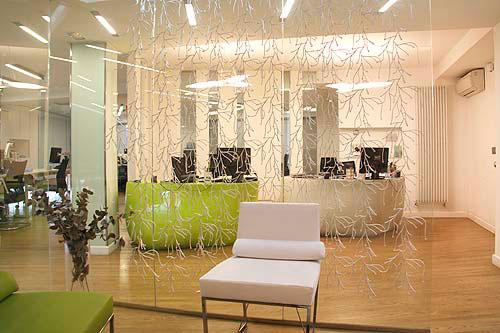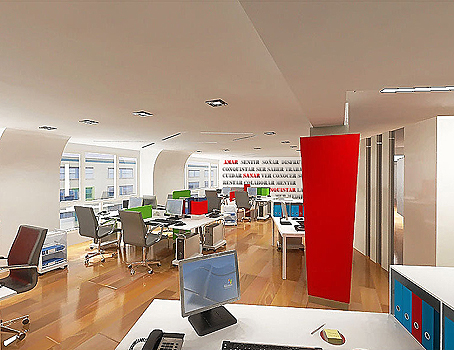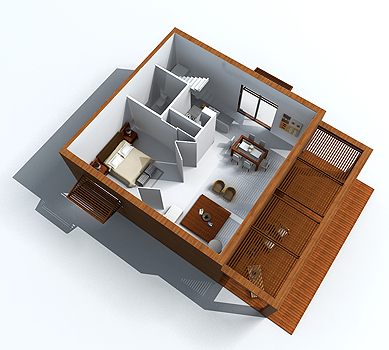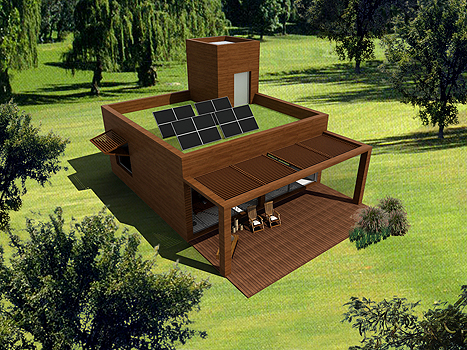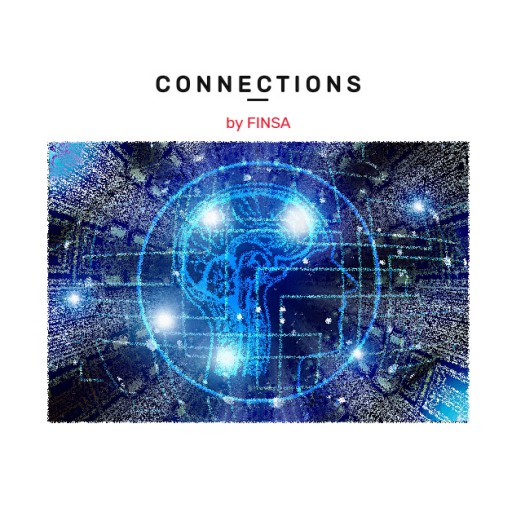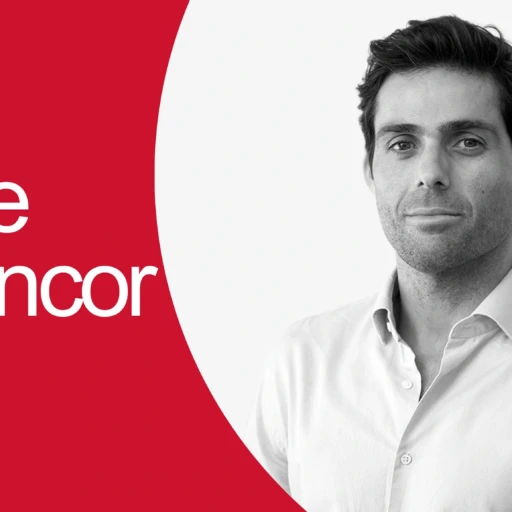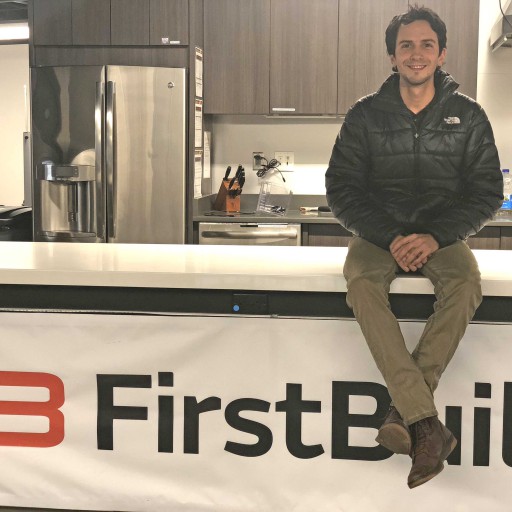Lilian Flores went to Madrid to do a PhD at the ETSAM Architecture School, and it was there that she found her place in the world. The Argentinian architect, who listens to and connects very well with her clients, is connecting with us today to tell us about her views on architecture.
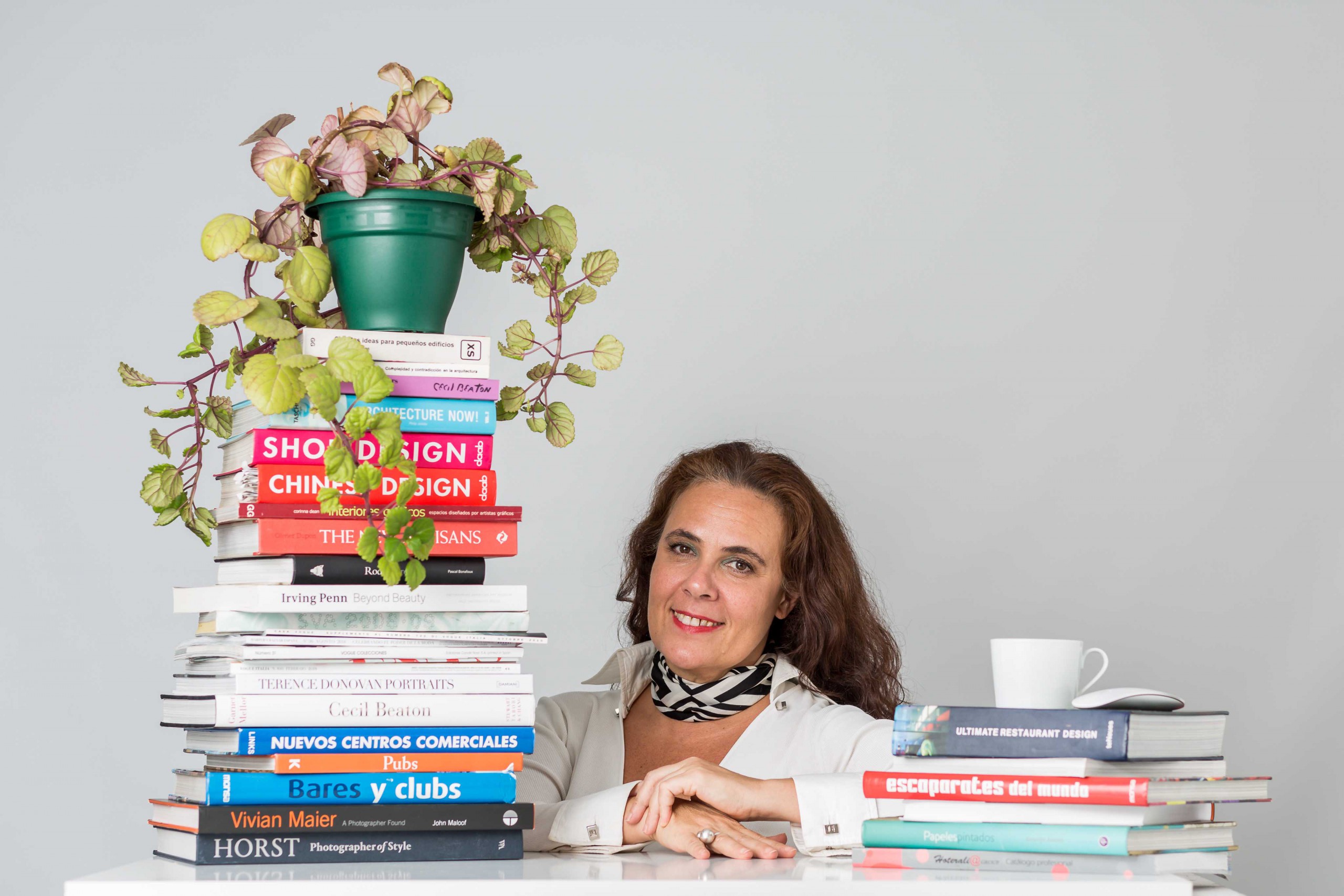
In architecture and design, is the user experience given the importance it deserves? In other words, is the space tailor-made as well as made to be enjoyed, or is this ignored?
We are following the maxim of “The User First” more and more. In our studio, we put the user-client at the centre of the project. We listen to them and think about how we can meet their explicit and implicit needs, and how we can care for them, spoil them, or surprise them. We also think about how the users are not just the clients. So, if we’re working on an office, we think about the service staff, special qualities, lighting, privacy, or the views that we want to make stand out to make the workday more pleasant. Because malaises among staff can often be avoided through the design of the space, for example by providing a “speaker corner” or fun kitchen.
We think about the furniture, about its texture, its weight, if it can be moved so that more flexible spaces can be created, how easy it is to clean etc. We see the project and the people that contribute to it as a constellation in which each star shines and must be taken into account. This is what we call “architectural coaching”.
What is “architectural coaching”?
For me, it is very important to follow a process. “Architectural coaching” is actually about standing alongside the client during their crises and working on each project as if it were a tailor-made outfit which is influenced by the person’s imagination and their emotional memory. Architects must learn to decode what the client really wants, not what they say they want, and what is possible, and separate wants from needs.
One of your strengths is “rethinking” an office space and you maintain that the solution does not always lie in more space, but rather in creating spaces that encourage interaction and efficiency. How do you do this?
Often, it’s not about square metreage, but rather it’s about optimising the space. For the Medytec Salud offices, they hired me to move their headquarters because the company needed to create a new department. Instead of doing that, we remodelled their offices and created a space for the new positions required, using the same space but with a better environment. It’s all about “rethinking” the space. I call it guerrilla architecture: working with what you have and doing a lot with very little. They had created a community in those surroundings, and it was important to maintain that feeling of ownership.
Offices of Medytec, an example of optimising a space. Photo: liilianflores.com
In another article, you said that “cities are ‘eating badly’ just like humans. Some are fat and it’s difficult to get around them, while others are starving because nobody invests in them.” Have we progressed in terms of urban planning?
The main problem with a big city, apart from property speculation, is out-of-control growth, because it results in bad architecture. I think environmentalism is making its way into some big cities, which is great and necessary, even though it is sometimes also used as a marketing tool. Small business ventures, such as urban vegetable gardens, revamped terraces, are also popping up with the intention of giving the city some heart. You could say that the pearls are in place, but the necklace is missing, and the “necklace” is the job of institutions and politicians together with urban planners. Architects must be conscious of our power to change reality. Because for all the fines that exist, there has yet to be a shift in consciousness. How much more can we pollute the earth before we perish?
The positive thing about globalisation is that the initiatives that pop up in a “smart city” in Denmark can catch on in a Spanish city. We take advantage of the good things globally to inspire other initiatives.
Which project are you most proud of?
We usually work with turnkey solutions, and we are with a project from before its conception, revitalizing spaces, because places are good when they are full of life. That’s what we did at Kitchen Community, which was born out of a shopping centre’s need to get its community back. We created the space using reused pallets and we held gastronomic events there. At Mercado del Duque, we put on events that attract the public, because the best thing people can say about a project is that it’s a must-see. At Finsa21, we created a house, turning those at Finsa21 into hosts that put on events where their community of influential people is taken care of. Turning it into a meeting place where clients came to them was an emotional change. These are the three projects of which I am most proud.
What is your dream project?
My dream projects are becoming simpler. I would like to create an artists’ hotel or residence amongst nature, or to make my dream project of community cohousing a reality. The latter is called Tribu Cubic and is constructed using Cubic, a 64m2 transportable, bioclimatic wooden home, which allows you to add a second floor. The idea would be to place several of these Cubics on a large country plot with a vegetable garden and common spaces, with workshops to engage people in community involvement.
What is the key to good design?
It must be ethical and sustainable. Not just sustainable on an environmental level, but on all levels: sustainable timewise, moneywise, and for people. Because ethics is also about a fair price. But I don’t think there is a recipe for creativity, as each professional creates from their own context.
Cubic, the transportable, bioclimatic home designed by Lilian Flores. Photos: lilianflores.com
What makes a good architect? What qualities are essential?
I think that an architect is like the conductor of an orchestra with a strategic vision that is very open and inclusive. He or she is a leader that must empower their team to be able to deliver results on time and accurately. They must also be able to empower the client by eliminating anxieties, and they need to have entrepreneurial skills to make sure costs don’t get out of hand. It is important to get back to the idea of architecture as a service: if a doctor saves lives, then our job is to make sure people aren’t sleeping outside.
They must also understand the value and importance of communicating what they want to communicate with their project: if it’s a commercial space, to be able to attract clients, to make them loyal, and above all, to set it apart from the competition with a good, well-maintained, and well-thought out range of services.
Which part of your job as an architect do you enjoy the most?
Creation, design, implementation, communication, events…Let’s say that I enjoy both what’s on the inside and what’s on the outside. This image that I call La Formula del Éxito (“The Formula for Success”) summarises the mental map that guides me when confronted with a new challenge or project. I think that an integrative and systematic outlook is necessary, because if any element fails in a project, it is ruined. We say that attention to detail must also be of premium quality, not just the product and the space.
Where does your inspiration come from? Do you have a certain ritual, or do you consult a certain publication that is like a bible for you?
Life is the setting for inspiration, as well as the theatre, dance, and other creative activities. But apart from that, getting out of my comfort zone inspires me, changing my questions and daring to imagine other ways of living and “doing in order to be”.
How do you connect with what interests you? Are you more digital or analogue?
I’m both. There is a lot of information and a lot of good on the internet, but it robs me of my time, and I prefer meeting with others in order to think. I think while I’m drawing. Between the mind and the paper, there is only a pencil. Pinterest is a drug for the eyes.
Which architecture and design professional would you like to connect with/collaborate with? Which creators are your design inspiration?
My inspirations are architects that work in an environmentally conscious way. There are many good ones. I like Zuloark because he works with recycled materials in cities and public spaces and involves the users in the collective creation process. I admire people I know like Pez Estudio, who do things well. I admire people whose work has a social impact, because an architect should try to humanise life, to allow for us to come together, and to foster participation in the community.
